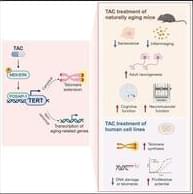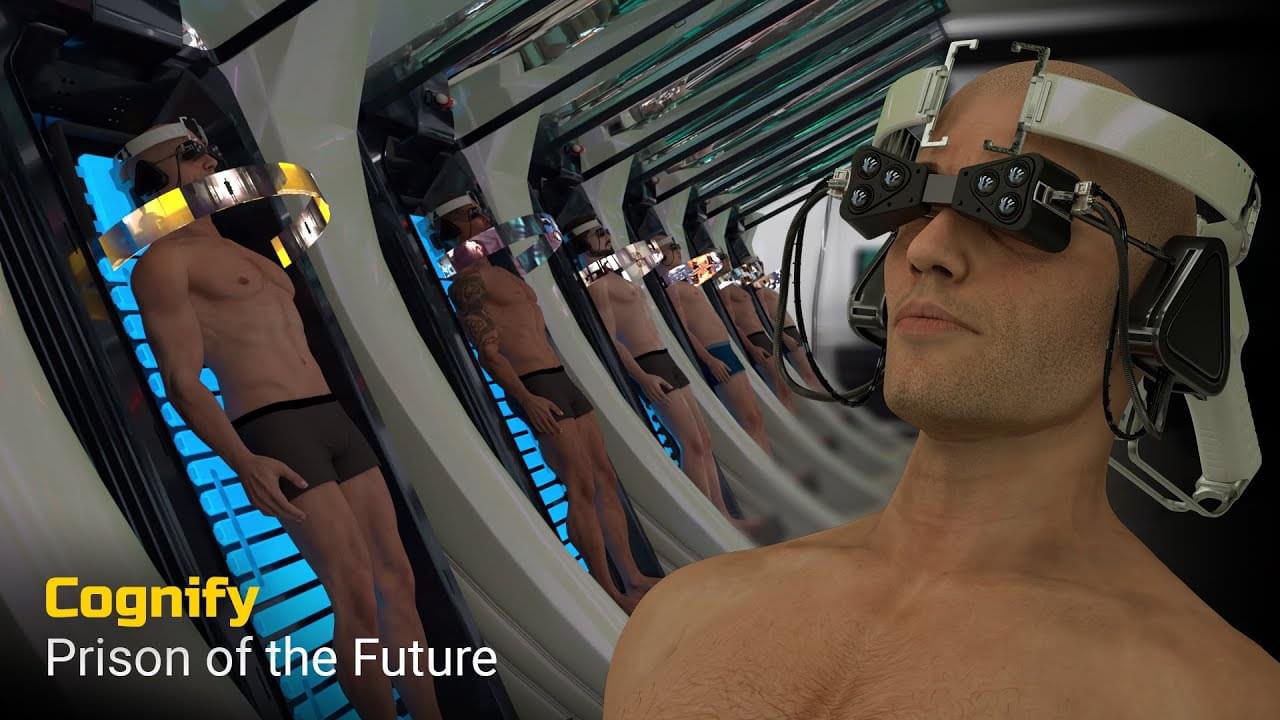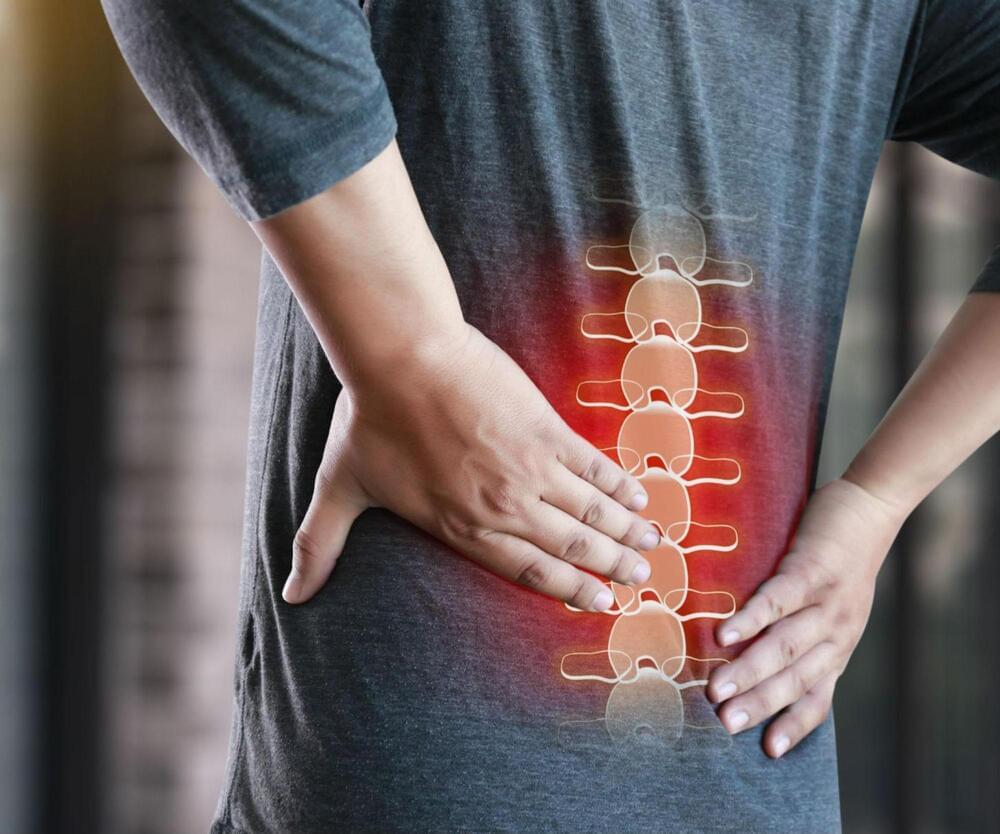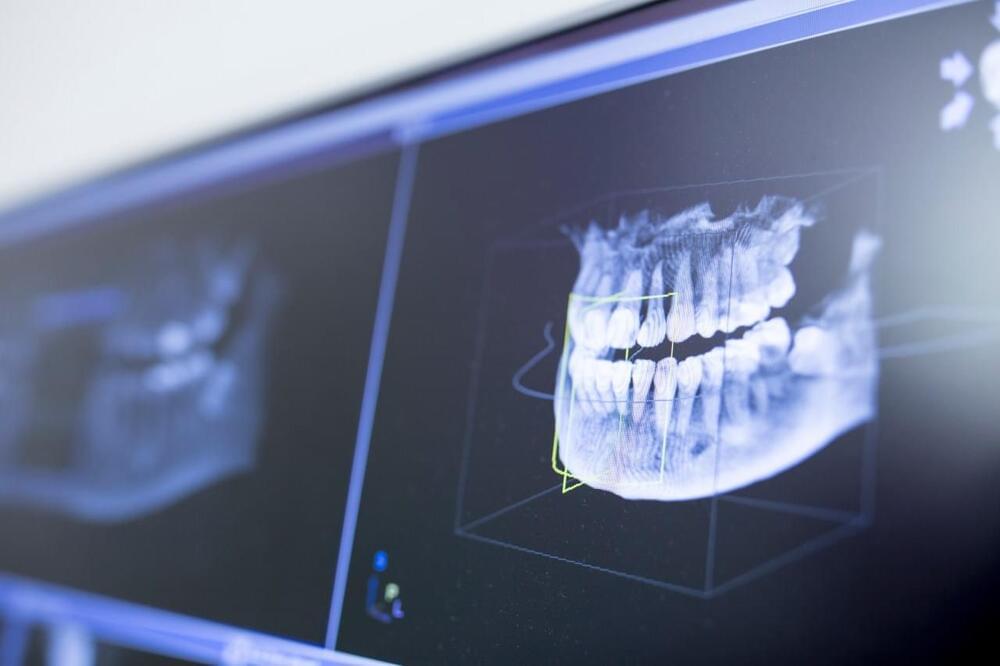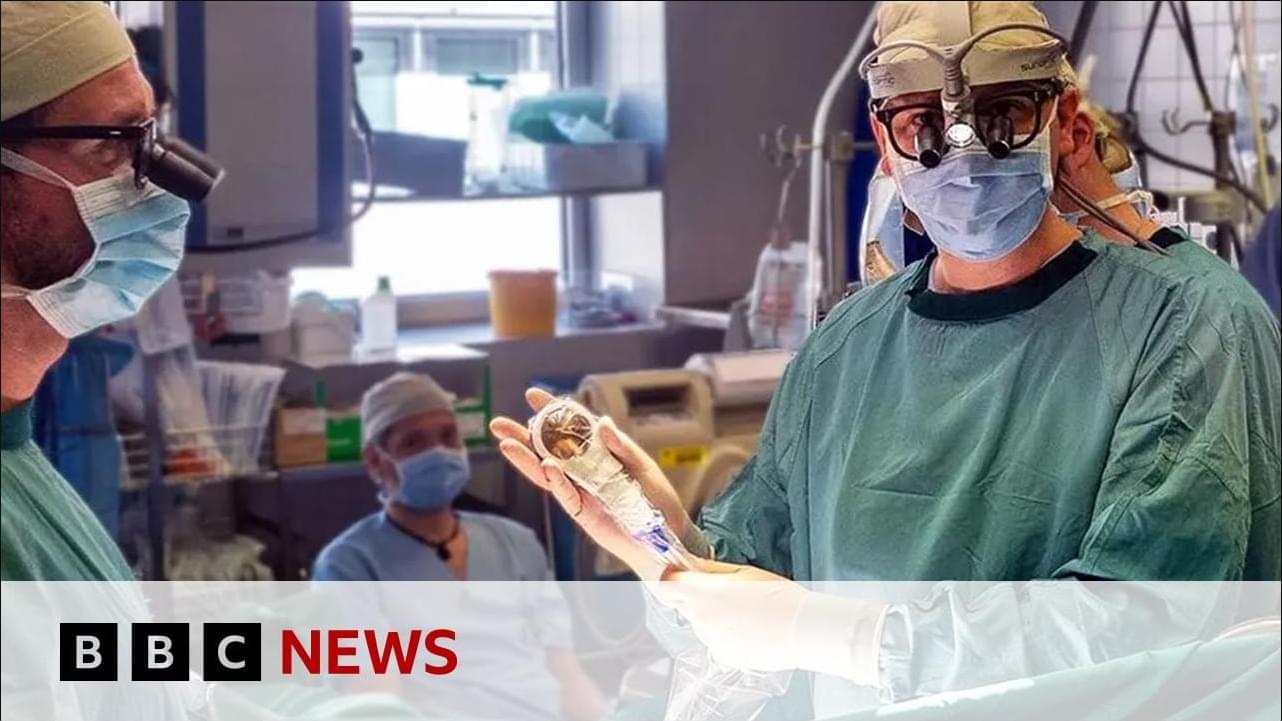Jun 24, 2024
TERT activation targets DNA methylation and multiple aging hallmarks
Posted by Roman Kam in categories: biotech/medical, life extension, neuroscience
This study identifies a small molecule (TAC) that restores physiological levels of TERT throughout aged tissues, resulting in the rejuvenation of multiple tissues. Specifically, TAC administration in very aged mice alleviates multiple aging hallmarks such as cellular senescence and systemic inflammation, promotes new neuron formation with improved cognitive ability, enhances neuromuscular function, and is well tolerated with no evidence of toxicity.
